Paddleboarding is not really the activity you think about if you’re a snowshoer. The fact of the matter is, though, they are more closely related to each other than you may realise! Even though snow is not available all year long or may only be available in the mountains, don’t despair. Both sports offer similar health benefits, including similar muscles used. So, you may want to give paddleboarding a try in the warm months.
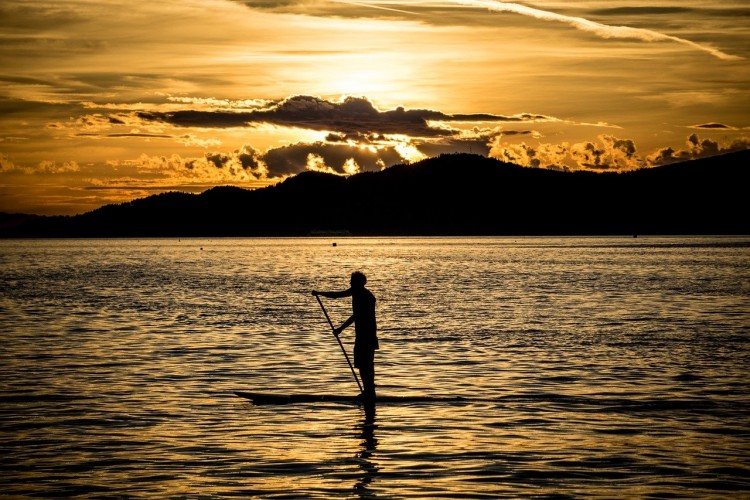
Paddleboarding and snowshoeing use similar muscles and offer a similar workout. Photo: thelester from Pixabay
Some of the links in this article may contain affiliate links. When you purchase using these links, part of the proceeds go to Snowshoe Mag. Additionally, as Amazon Associates, we earn from qualifying purchases. Please see our disclosure for more details.
Similarities Between Both Sports
Not only do you feel like you are walking on water when paddleboarding, but you also use many of the same muscles and get a similar level of workout to snowshoeing. Here are a few health similarities between both sports.
Burn Over 300 Calories/Hour
While you may not be doing the same walking motion as you would while snowshoeing, you do end up burning a similar amount of calories.
The specific number of calories snowshoeing depends on several factors, but it could be anywhere from 350-1000 calories burned per outing. Similarly, the range of calories burned while paddleboarding also varies, but it is typically in the range of 305 to well over 1000 calories burned.
Read More: Reap the Health Benefits of Snowshoeing
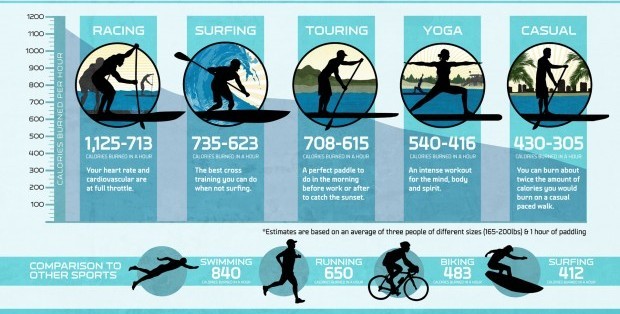
The calories burned in snowshoeing and paddleboarding are very similar, between 300-1000 calories on average. Photo: IsleSurfboards.com
Work the Glutes (Your Booty)
While it is pretty obvious that snowshoeing and hiking engage this muscle, few people think of paddleboarding as engaging your glutes. Think about it, though, when you are balancing on your board, moving your hips and glutes together to counterbalance for a whole hour, they get a workout.
It is not simply that you are standing on a board and paddling around. You have to maneuver the board, steer it and balance on it, all while concentrating on where you are going. When snowshoeing, the glutes are especially used during inclines and declines along the terrain you encounter.
Read More: 7 Exercises You Can Do To Support Your Snowshoeing
Work Your Hamstrings
The hamstrings are used primarily to support your knees while doing either activity, but they are used in different ways.
When snowshoeing, strong hamstrings help with balance on uneven terrain and cushion each step you take when walking through the snow. When paddleboarding, they are helpful for balance on the water and carrying momentum with each paddle stroke.
Read More: 3 Leg Exercises Every Snowshoer Can Do Without Weights
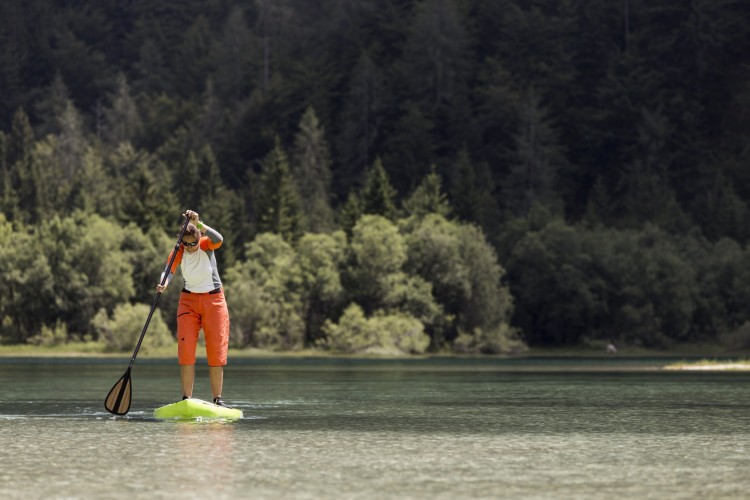
You use your hamstrings for stabilization and balance in both activities. Photo: Urbans via Shutterstock
Work Your Calf Muscles
The calf muscle is another muscle used during snowshoeing and paddleboarding.
When snowshoeing, your calf muscles stabilize your foot with each step that you take to absorb the impact on your ankles. For paddleboarding, they absorb each movement that your board encounters. This fact is especially true when you come across waves or any other wake or ripples.
Work The Hip Abductors
Responsible for balance and keeping your knees from knocking into each other, the hip abductors are both at work in paddleboarding and snowshoeing-related activities.
Read More: Strengthen Your Hips for Snowshoeing With These At-Home Exercises
You Control Your Intensity
Similar to snowshoeing, you can choose your adventure when paddleboarding. You determine your speed and what conditions you want to complete the activity. Thus, you are in control of the intensity of your workout!
But no matter the intensity, nature has a great way of pleasantly surprising you at the most random times. Oftentimes something as simple as seeing a Lynx on the hunt or seeing a seal or otter’s head pop up ahead of you is enough to make your entire day. Both activities allow you to interact with nature without actually disturbing it and at the pace that’s best for you.
Read More: Level Up Your Outdoor Adventure by Trying These 5 Things
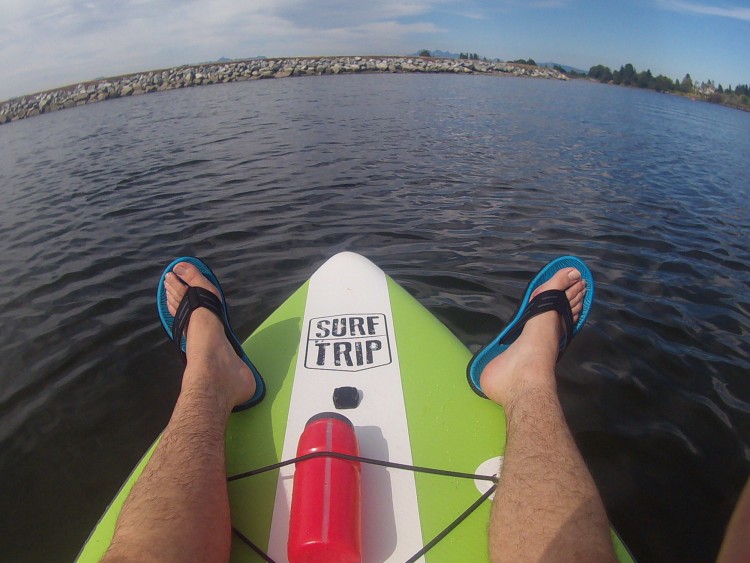
You can choose the intensity of your outing with paddleboarding, just like snowshoeing, whether that’s a casual or difficult outing. Photo: Derek Lenze
Get Started!
As you can see, there is quite a bit of overlap in muscles used for snowshoeing and paddleboarding.
If you’re interested in paddleboarding to prepare you for snowshoeing in winter, you can either rent a paddleboard from any local water sports rental location or buy one! I recommend that you first try a paddleboard before purchasing one to see how you get on with the sport. I rented for about a year before I took the plunge and got an inflatable paddleboard!
Do you paddleboard in the summer and snowshoe in the winter? Have you noticed similarities between the muscles used for both sports? Please share your insights in the comments below.
This article was originally published on September 14, 2018, and was most recently updated on May 16, 2023.
Read Next: Stand Up Paddleboarding First Timer’s Guide (River Sports Mag)

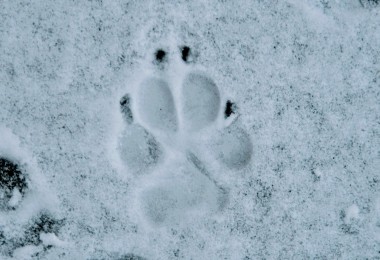
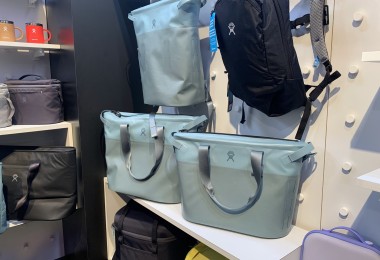
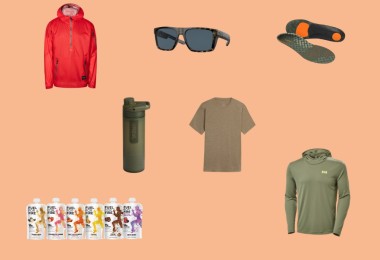
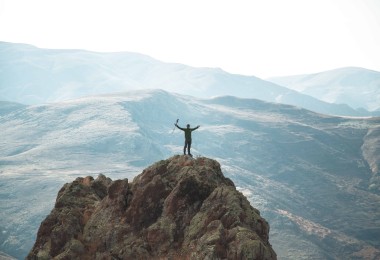

Leave a Comment